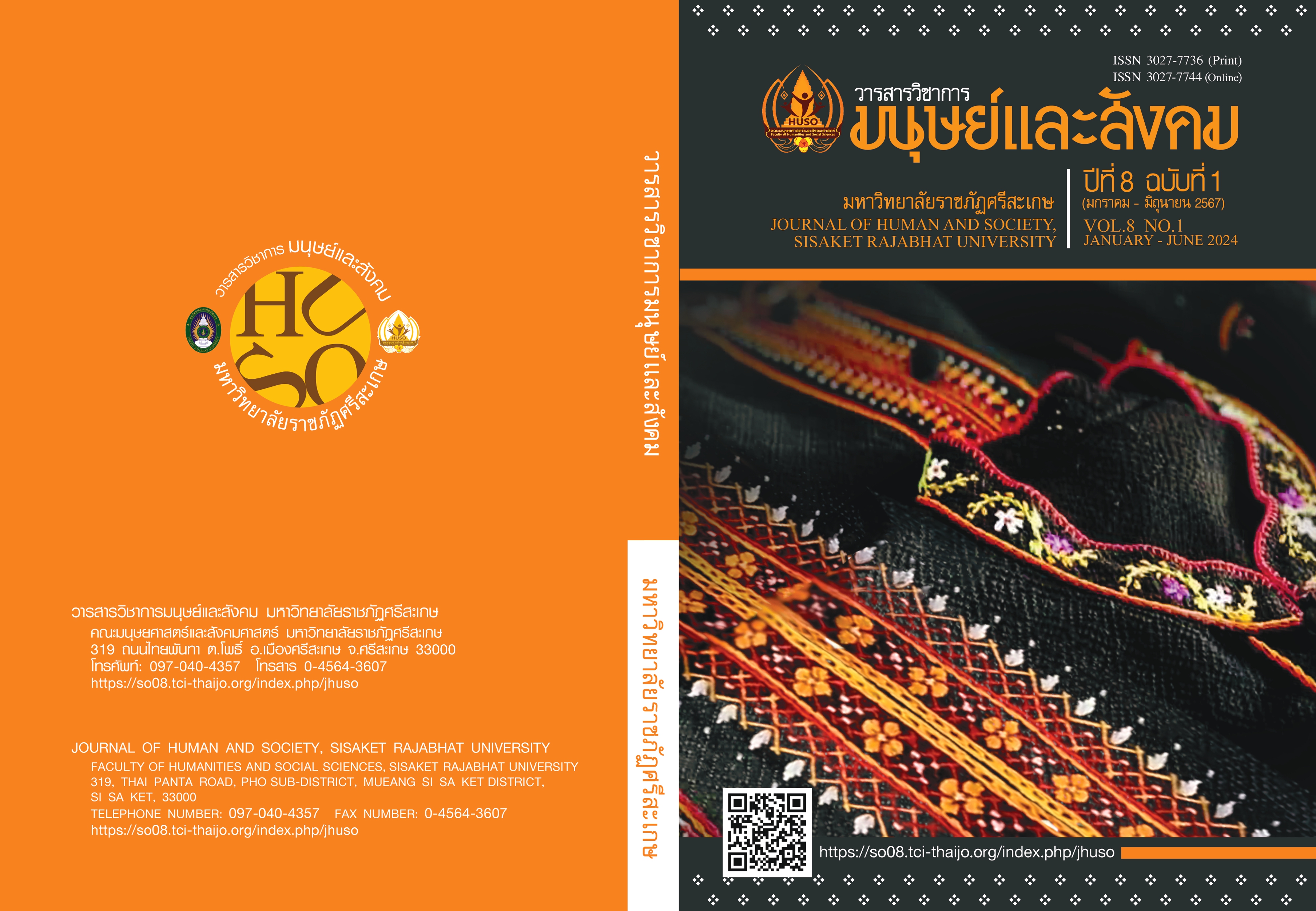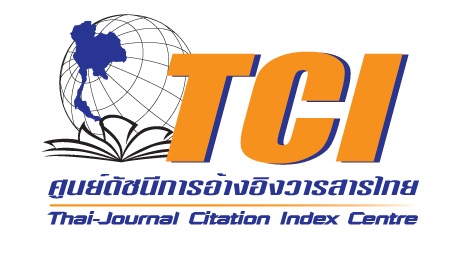Development of an Evaluation Model of Pracharath School in Southern Border Provinces: An Application of Multiple Evaluation Approaches
Keywords:
Application of Multiple, Pracharath School, Southern Border ProvincesAbstract
The Pracharat School Project in the Southern Border Provinces is a significant government initiative aimed at creating educational opportunities for students in these area. To ensure the project's implementation aligns with real conditions and provides beneficial recommendations for its effective development, utilizing various evaluation concepts is deemed appropriate for this research. This study examines the synthesis of the components and indicators for project evaluation, and the development and verification of the quality of the evaluation model. Data were gathered from five experts in measurement, evaluation, and the context of Pracharat schools in the southern border provinces. The instruments for the study included: 1) a synthesized evaluation model form and 2) an evaluation model suitability assessment form. The research procedure comprised three steps: 1) synthesizing relevant documents, 2) developing the evaluation model, and 3) evaluating the evaluation model. A multi-method evaluation was completed using descriptive statistics and qualitative procedures.
Results reveal that 1) The synthesis of components and indicators for evaluation, through the application of multi-concept evaluation, consists of five components: system evaluation, input factors, process, output, and follow-up. 2) The development and quality verification of the project evaluation model yielded five components and fifteen indicators, as follows: three indicators for system evaluation, three indicators for input factors, three indicators for process, three indicators for output, and three indicators for follow-up. And 3) The evaluation of the project model showed an average score of 4.92, indicating the highest level of suitability for use in creating project evaluation tools.
References
กาญจนา ค้ายาดี. (2553). การพัฒนารูปแบบการประเมินการฝึกอบรมข้าราชการทหารของกองทัพอากาศ: การประยุกต์ใช้การประเมินพหุแนวคิด [วิทยานิพนธ์ปริญญาครุศาสตรดุษฎีบัณฑิต สาขาวิชาการวัดและประเมินผลการศึกษา คณะครุศาสตร์]. จุฬาลงกรณ์มหาวิทยาลัย.
พิสณุ ฟองศรี. (2549). การประเมินทางการศึกษา: แนวคิดสู่การปฏิบัติ (พิมพ์ครั้งที่ 2). เทียมฝ่าการพิมพ์.
ศิริชัย กาญจนวาสี. (2547). ทฤษฎีการประเมิน (พิมพ์ครั้งที่ 4). สำนักพิมพ์แห่งจุฬาลงกรณ์มหาวิทยาลัย.
สมคิด พรมจุ้ย. (2542). เทคนิคการประเมินโครงการ (พิมพ์ครั้งที่ 2). สำนักพิมพ์มหาวิทยาลัยสุโขทัยธรรมาธิราช.
เยาวดี รางชัยกุล วิบูลย์ศรี. (2546). การประเมินโครงการ แนวคิดและแนวปฏิบัติ (พิมพ์ครั้งที่ 3). สำนักพิมพ์แห่งจุฬาลงกรณ์มหาวิทยาลัย.
Bledsoe, K. L., and Graham, J.A. (2005). The use of multiple evaluation approaches in program evaluation. American Journal of Evaluation, 26(1), 302-319.
Hansen, M. B. and Vedung, E. (2005). Evaluation of a standardized classification system. Odense. Syddansk Universitetsforlag.
Robbins, S.P. (1986). Organizational behavior: Concept, controversies and application (3rd ed). Prentice-Hall.
Downloads
Published
How to Cite
Issue
Section
License
Copyright (c) 2024 Journal of Human and Society, Sisaket Rajabhat University

This work is licensed under a Creative Commons Attribution-NonCommercial-NoDerivatives 4.0 International License.







